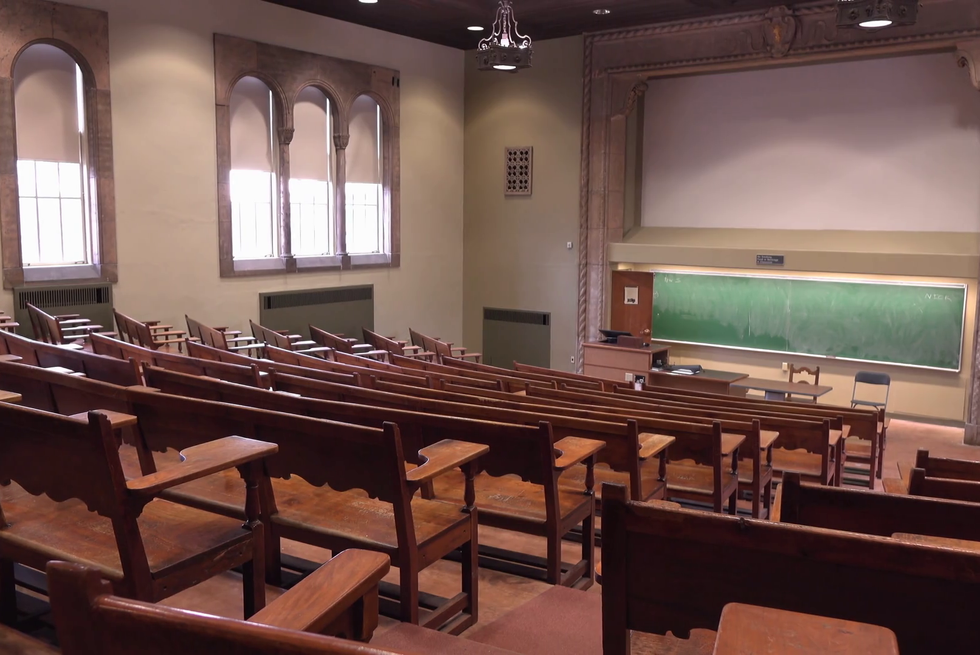
What do we mean when we talk about teaching anthropology? More often than not, we refer specifically to university contexts, lecture halls, discussion sections, and other academic spaces where anthropologists have historically been based. Yet given the changing conditions in both the discipline and academia more broadly, teaching anthropology is increasingly becoming detached from the university. Anthropology is now taught to incarcerated folks through prison education programs, to high school students through new elective courses designed to diversify the curriculum, and even to corporate employees as part of their diversity, equity, and inclusion (DEI) training modules. Yet we can even broaden our understanding of teaching anthropology. When we are in “the field” and have to explain our research to a newly inducted participant, there is a type of pedagogy involved. We must communicate not only what we examine in our research, but also why we are doing it. The latter part often requires us to “teach” anthropology, even if it is a 30-second elevator pitch on the study of humans and culture. Many anthropologists who collaborate with non-anthropologists in the academy (think tanks, governments, national and international NGOs, and multilateral bodies, among other spaces) also have to nail down their pitches of what exactly anthropology is. We can even think of our families and friends to whom we often have to explain what it is that we do. As anthropologists, then, most of our teaching actually happens outside of the classroom and in the most quotidian of spaces.
Even as we enumerate these outside-the-classroom teachings, the inside-outside classroom binary rarely holds up. The way we teach anthropology to our friends and family at the dinner table inevitably comes to shape how we teach anthropology in the lecture hall—and vice versa. As the new Section Editors for the Teaching Tools section of the Society for Cultural Anthropology’s Fieldsights publication, we constantly grapple with these pedagogical questions: Who teaches anthropology? Where? What is it exactly that is being taught? To what ends? And most importantly, how can we use our section to support those engaged?
This post is a call to think creatively about teaching anthropology, to treat these questions as open-ended and generative rather than performative or limiting. Much of the recent discourse on anthropology’s usefulness as a discipline, and ethnography as a methodology, has drawn attention to the limitations of producing knowledge that is locked behind paywalls, written in such a way that it is incomprehensible to non-specialists, or otherwise inaccessible to the public. These conversations are vitally important. At the same time, we believe it is also important to highlight the challenges and possibilities of teaching outside of the ivory tower of academia. Moreover, an exclusive focus on teaching anthropology pretends that anthropology is an enterprise with clearly defined bounds, creating silos between educators across anthropology and other disciplines; we want to knock these silos down.
Through Fieldsights, we have the privilege of working not only with scholars in anthropology, but also scholars coming from cultural studies, media studies, ethnic studies, and beyond—whose work takes up the study of culture in ways that resonate with cultural anthropologists, yet diverge in exciting and innovative ways. These cross-disciplinary collaborations and conversations are particularly important given that many scholars trained in anthropology graduate programs will be employed in non-anthropology departments. On the other hand, scholars who did not receive formal training in anthropology also find themselves teaching anthropology as members of multidisciplinary or general social sciences departments. We hope that Teaching Tools can be a helpful resource for readers situated across a variety of positions, no matter where or to whom they are teaching, integrating the conversations about teaching that are happening within research-intensive universities, liberal arts colleges, community colleges, and high schools with conversations about teaching audiences not primarily composed of formally enrolled students.
We invite you to write with us, whatever your educational background or current affiliation, whatever “teaching anthropology” means and encompasses for you. These pedagogical musings are by no means novel; on the contrary, we want to highlight just some of the recent works our section has shared that carries on these conversations in innovative, collaborative ways. Conceptualizing the classroom as a stage, Noha Fikry reflects on the challenge of being assigned to teach a non-anthropology course in a university context. In another piece, Scott Ross conducts an interview with Dr. Adrienne Pine, who created a field school for graduate students looking to 'study up' in the U.S. Congress. These pieces are accompanied by other forthcoming reflections and interviews about teaching in non-traditional contexts. We welcome posts that offer reflections on teaching, as well as concrete teaching “tools” (e.g., syllabi or lecture plans). If you have questions or ideas for a post, you may reach us at sarahcpaust@ucla.edu and dalton.price@anthro.ox.ac.uk.